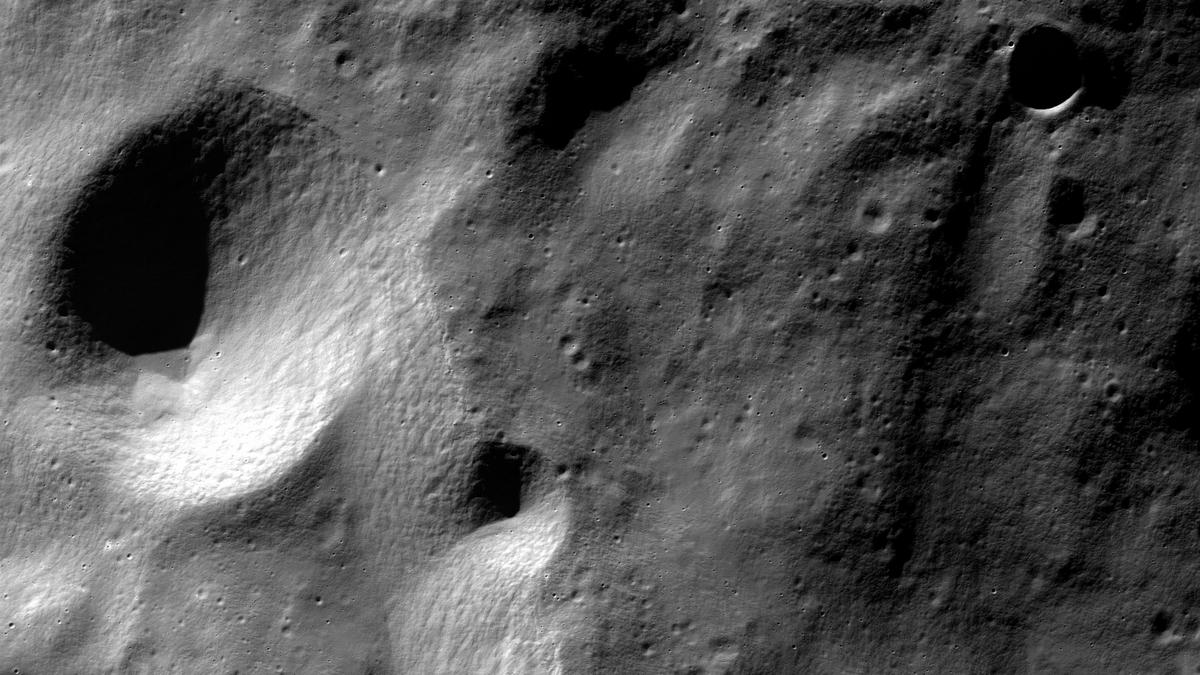
ISRO study finds evidence of enhanced possibility of water ice in polar craters of Moon
The Hindu
As for the origin of this ice, the study confirms the hypothesis that the primary source of sub-surface water ice in the lunar poles is out-gassing during volcanism in the Imbrian period.
A study carried out by Indian space scientists has found evidence of enhanced possibility of water ice occurrence in the polar craters of the Moon.
The study was carried out by scientists of ISRO’s Space Applications Centre (SAC), in collaboration with researchers of IIT Kanpur, University of Southern California, Jet Propulsion Laboratory, and IIT (ISM) Dhanbad.
The study suggests that the amount of sub-surface ice in the first couple of metres is about five to eight times larger than the one on the surface in both poles.
As such, drilling on the moon to sample or excavate that ice will be primordial for future missions and long-term human presence. Moreover, the study also suggests that the extent of water ice in the northern polar region is twice that in the southern polar region.
As for the origin of this ice, the study confirms the hypothesis that the primary source of sub-surface water ice in the lunar poles is out-gassing during volcanism in the Imbrian period.
The results also conclude that the distribution of water ice is likely governed by mare volcanism and preferential impact cratering.
The research team used seven instruments comprising radar, laser, optical, neutron spectrometer, ultra-violet spectrometer, and thermal radiometer on board the NASA robotic spacecraft Lunar Reconnaissance Orbiter to understand the origin and distribution of water ice on the Moon.

The girl, who was admitted to Aster CMI Hospital with alarming breathlessness and significant pallor, was diagnosed with Wegener’s Granulomatosis (now known as Granulomatosis with Polyangiitis or GPA), a rare autoimmune condition that causes spontaneous bleeding in the lungs, leading to acute respiratory failure.

ACB files case against IPS officer N. Sanjay in Andhra Pradesh. The official is accused of manipulating the tender processes for awarding contract for development and maintenance of AGNI-NOC portal, and conducting awareness meetings for SC/STs. It is alleged that the total value of properties stolen, or involved in the case is estimated at ₹1,75,86,600.









